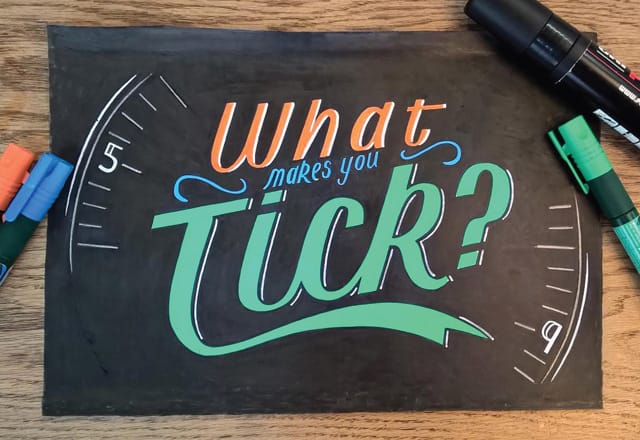What does it take to turn your private passion into a successful business? Robert Urquhart meets a special group of people who, by taking a chance and following their dreams, have achieved just that.
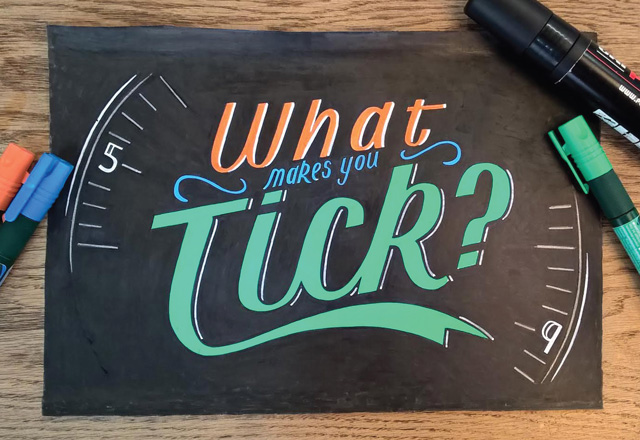
It was the faded sign from a fountain pen shop in Stoke Newington which pointed out the future to Sam Roberts of Better Letters and Ghostsigns. “The idea of ‘ghost signs’ set me thinking about who still makes those hand drawn signs today,” says Roberts, who started out creating directories in advertising business development before working in human resources. “Then I went to Cambodia, and whilst I was out there I wrote a book about signs in the area.”
This gave Roberts the idea of turning his new-found interest into a business, and he’s
not looked back since. He then brought one of the stars of the film Sign Painters Mike Meyer over from the U.S., and they now run sell-out signwriting workshops around the world. Roberts also gives hugely popular guided walks (called Ghost Signs tours), around the area of London that first inspired him. “I’ve got a quote from Roll The Dice by Charles Bukowski above my desk,” says Roberts, “I live by the quote: 'If you’re going to try, go all the way. Otherwise, don’t even start’.”
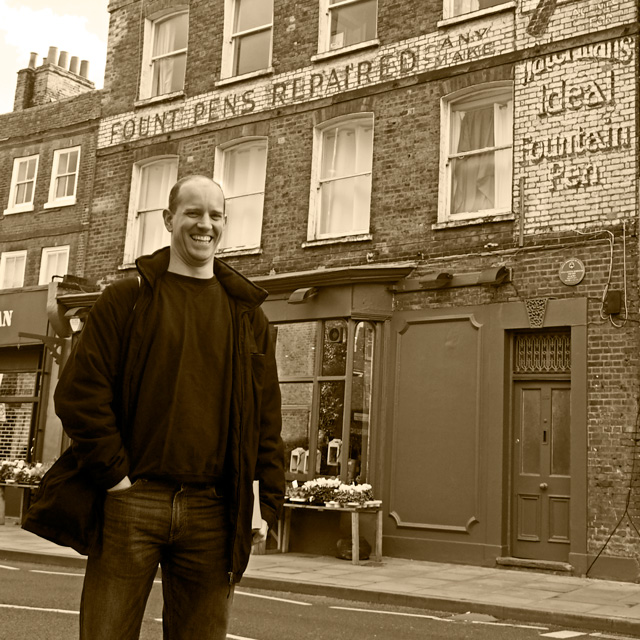
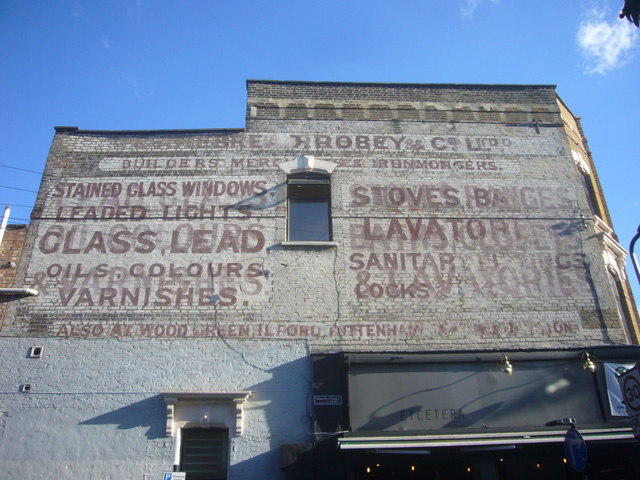
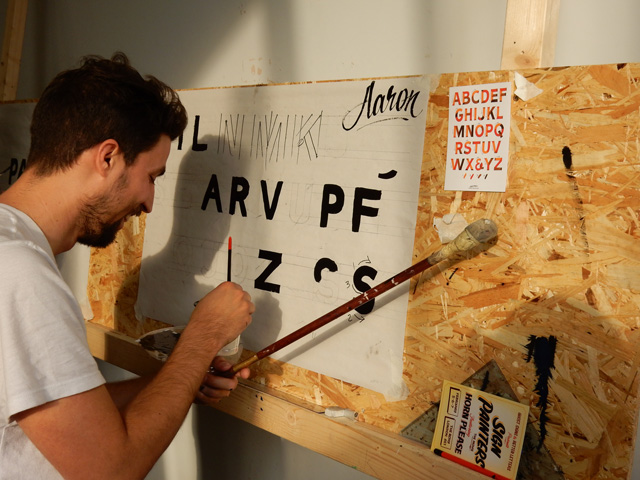
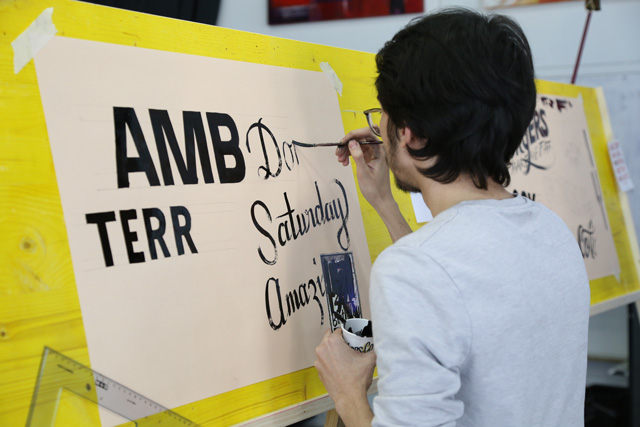
Expanding libraries with books that bend genre, and helping to create books that can't be printed are just some of the ways Anna Gerber and Britt Iversen of Visual-Editions get us to engage with the written word. From a conversation that started out over dinner, Gerber and Iversen have built a formidable new-wave publishing house which is boldly experimental, going way beyond the reach of their former careers in advertising and journalism. “We get a real kick out of keeping our readers and ourselves on our toes, so a lot of our conversations start out 'this might be really insane, or total shit, but... What about if?” explains Gerber.
From fairly modest beginnings, Visual-Editions now works with some of the finest authors in the world in projects for the likes of Ace Hotel and Google Creative Labs. How do they apply themselves? “We sometimes talk about our role as that of conductors,” explains Gerber. "It's about bringing groups of people with very different skill sets together and saying 'louder over here' or 'quieter over there’, depending on which bit of the process we're in. “A lot of times it’s a circular process,” Iversen reasons, “but we don't dwell on things too much, being too self-aware doesn't help."
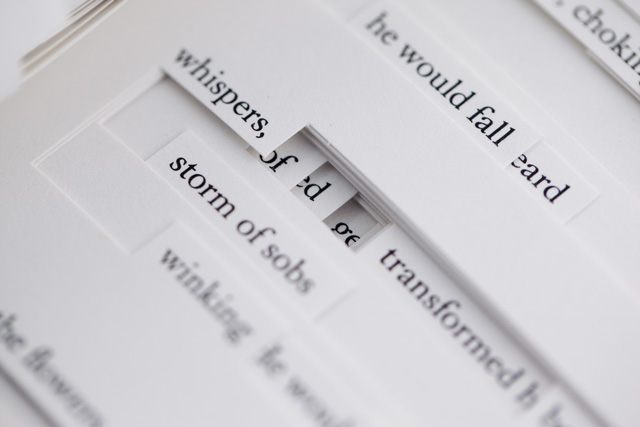
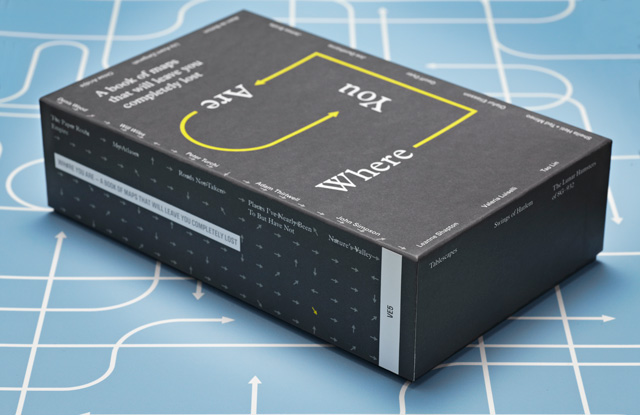
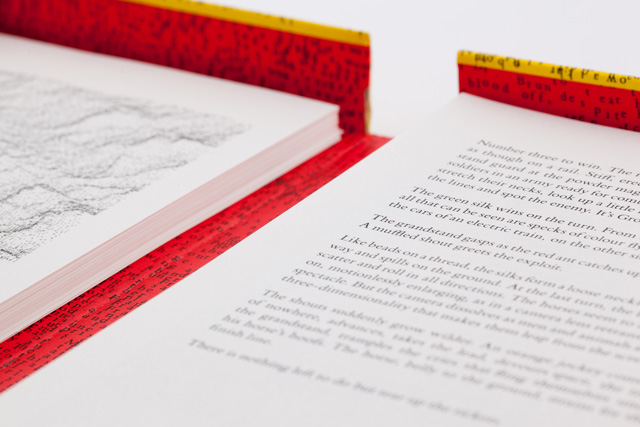
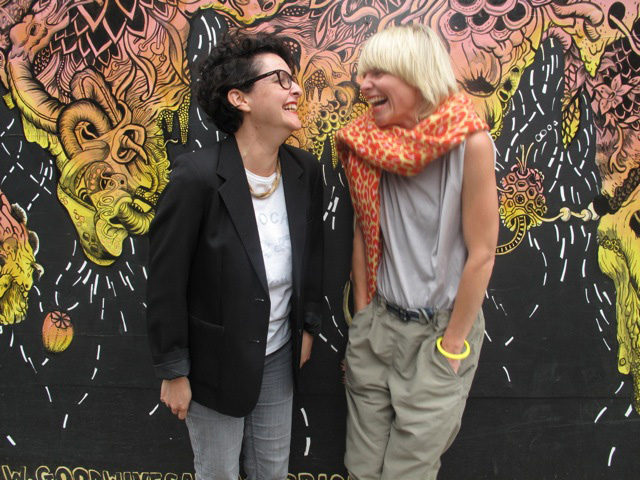
“There are sometimes too many decisions to make when it comes to design. With clay you hand things over to chaos...” Will Edmonds, of design collective Nous Vous, is talking about his lust for the kiln, first discovered on a trip to a pottery class in Hackney City Farm. “I just launched in and made weird shapes,” says Edmonds, who hadn't entertained pottery beyond the sketches of earthenware he'd made at the British Museum. “There are a couple of products now that I make and have started showing alongside the other work I do with Nous Vous. Pottery is a summation of all the things I'm interested in,” Edmonds reasons. Now selling his wares online, Edmonds explains, “I’ve always worked for myself, it’s always been important to get stuff out to people, not to let it just sit there,” adding, “It started out as more of a side line, but now it’s on my mind all of the time.”
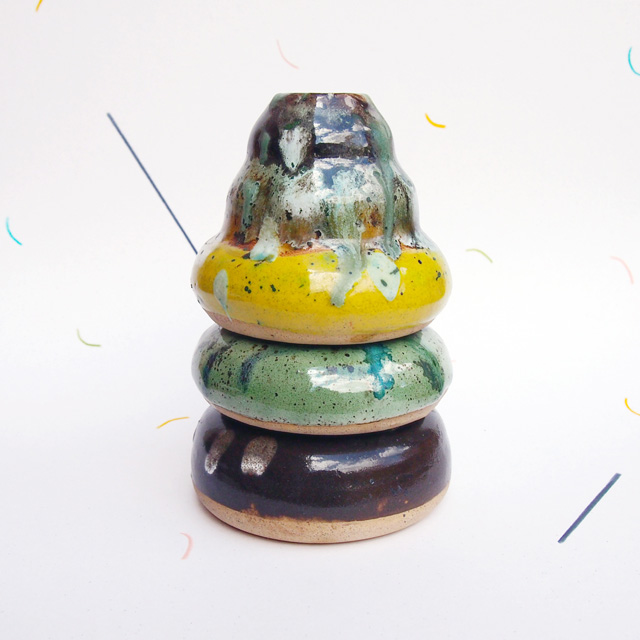
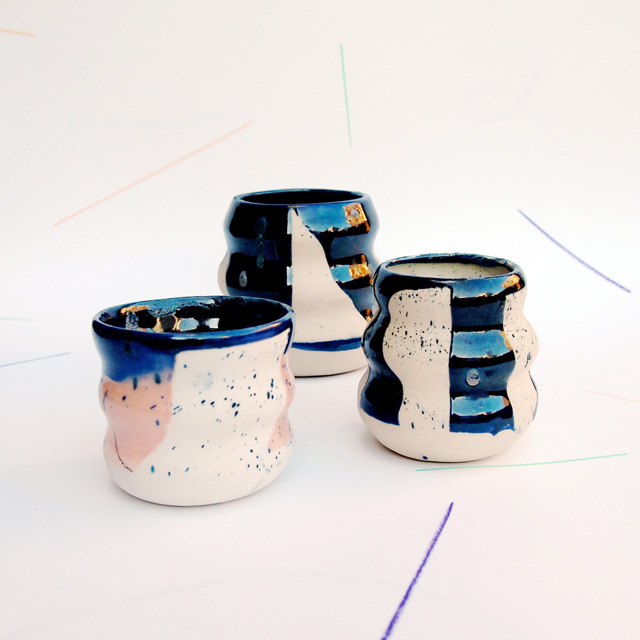
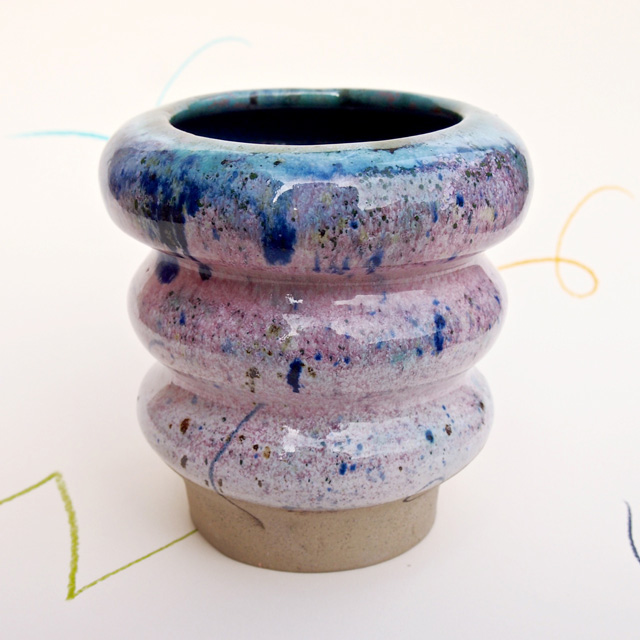
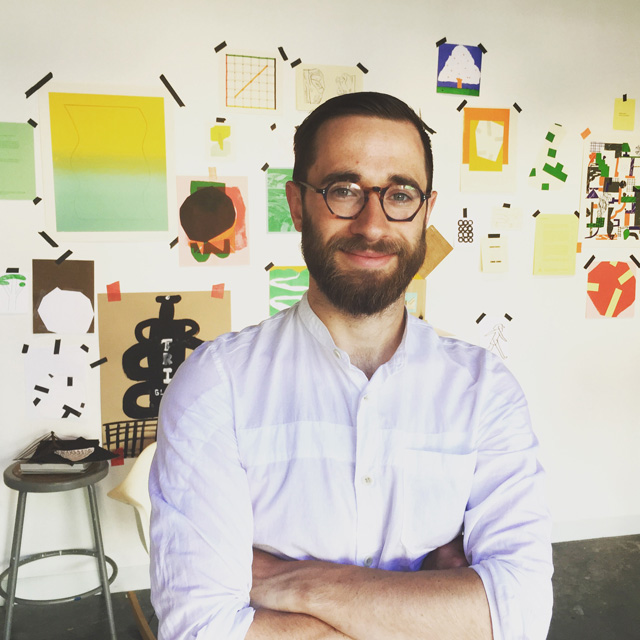
Neal Whittington of Present and Correct is a designer, shop proprietor and stationery obsessive. “I’d built up an eye-wateringly good collection of stationery over the years,” he confesses. So much so that Whittington decided to pack up his pencil cases on his day job working in branding and move on, setting up shop online and in the flesh, designing his own stationery ranges, as well as finding a market for his ever-increasing collection.
“Our approach to making products is pretty casual, if we have an idea which clicks then we will do it, they don't necessarily all tie together as a cohesive group,” says Whittington. Any words of advice? “Don’t be afraid to allow your business to reflect your personality, or have character. There are a million splendidly attractive things and companies, but not all of them display the presence of soul.”
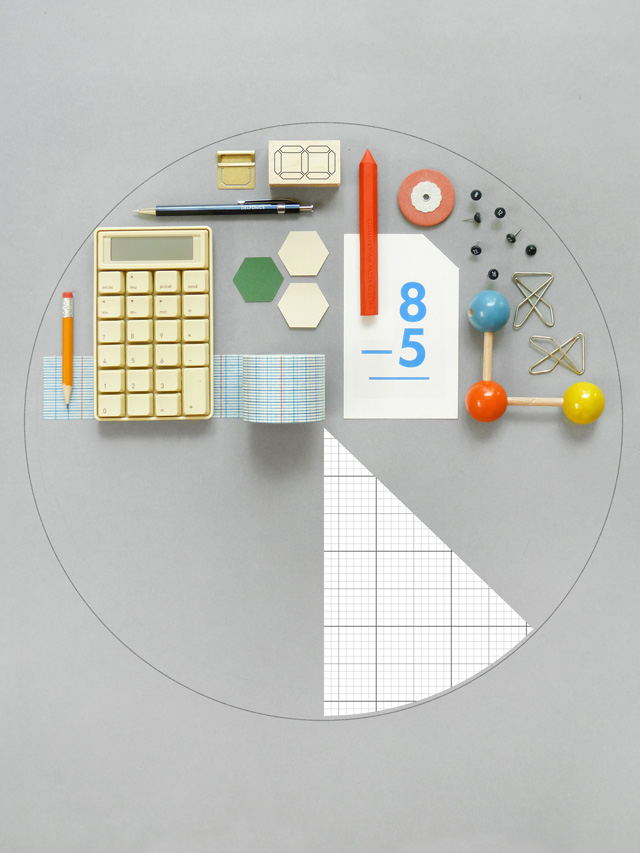
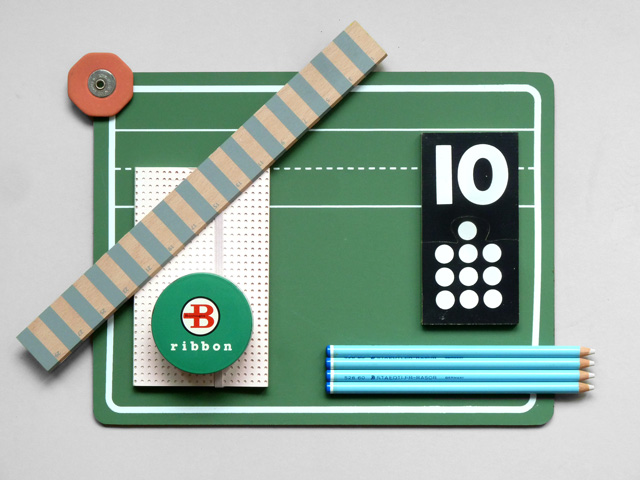
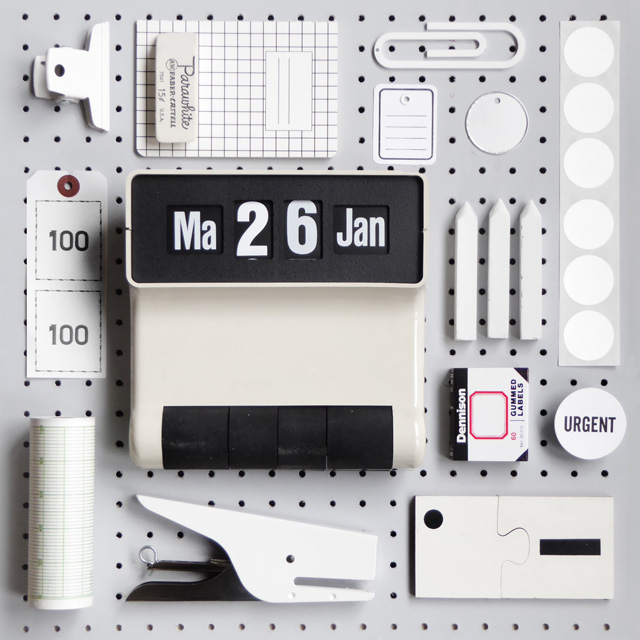
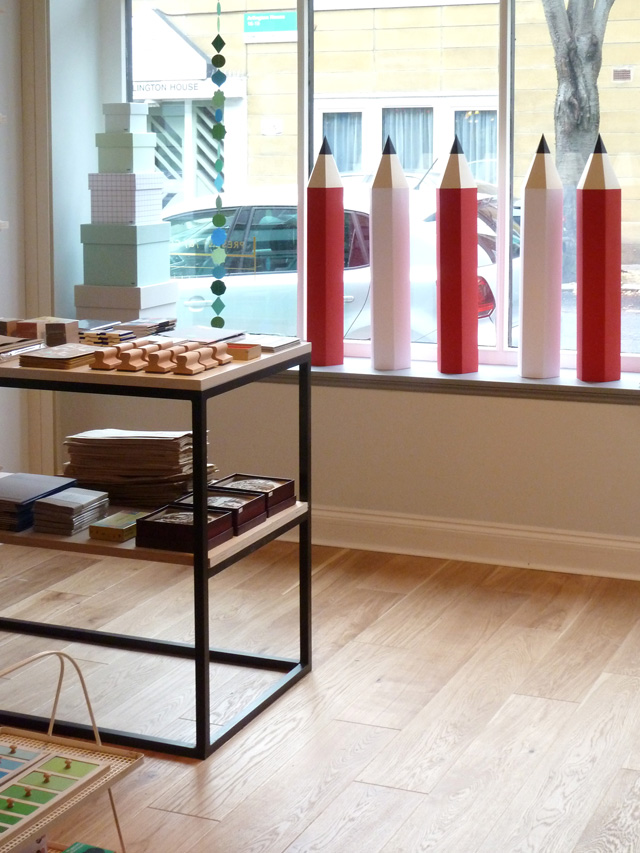
Off the beaten track, in the woods in Sussex on the South Downs sits designer Andrew Groves. Groves is entirely self taught in design, has travelled the world and now runs Miscellaneous Adventures, a workshop and product line specialising in wooden and outdoorsy ephemera. “Someone once told me I'm like a gentrified Bear Grylls,” muses Groves. “Moving to the woods had a big impact on my work and the way I work. I thought it would be worth sharing that with other people, it’s had a very positive impact on the way I live so I just wanted to get a lot of other creative people out into the woods and away from their desks.” Groves now runs workshops in the woods during the summer months and Miscellaneous Adventures products sell in ever-increasing numbers. Groves is never alone for too long in the woods as the workshops attract interest from a wide variety of people and press. It all sounds fairly idyllic, but what's Groves' biggest fear in utopia? “Not being able to do this anymore, as it's so wonderful,” he beams.
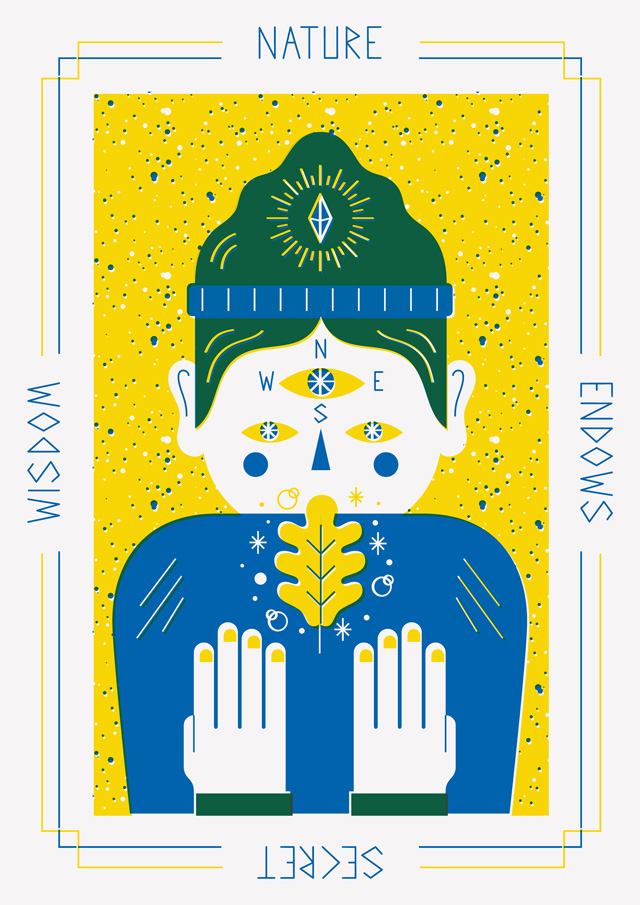
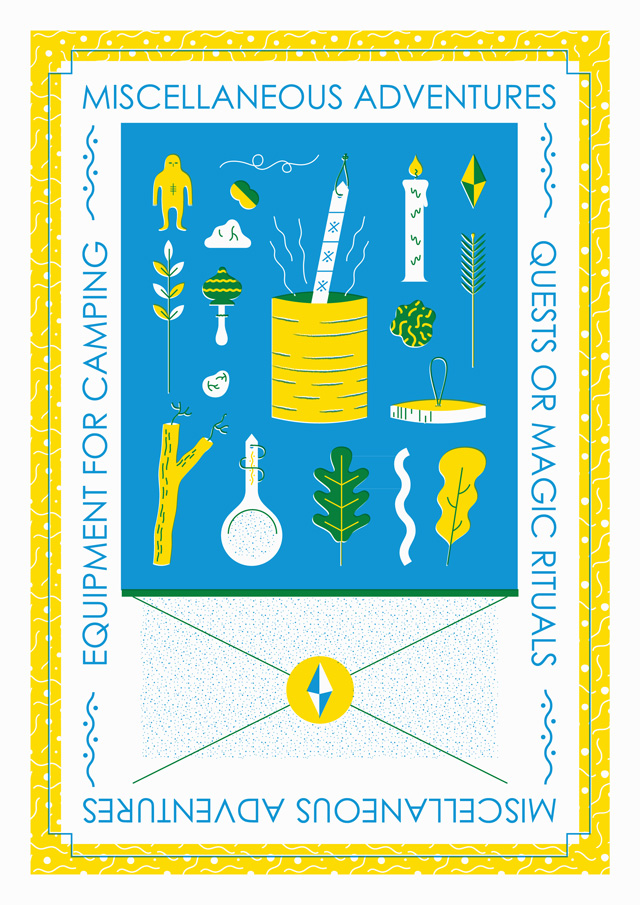
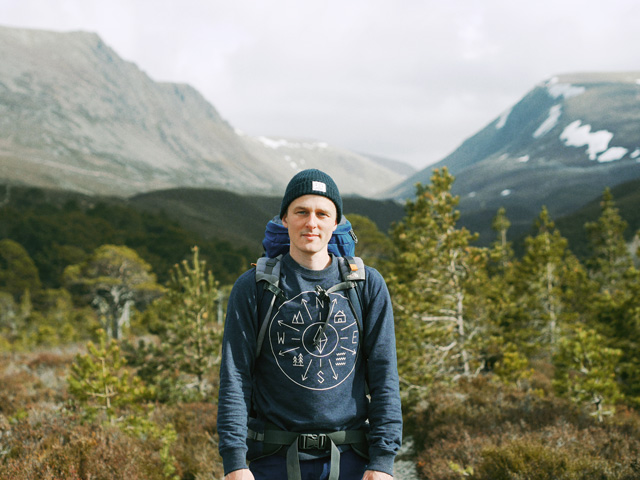
“I identify with the bee.” Chris Barnes of Barnes and Webb, one of two designers turned turned urban pollinators and the makers of honey from countless London postcodes, is talking about his favourite subject. “I go bee keeping on my bike, riding off in the sunshine, hanging out with 50,000 bees,” explains Barnes. “They do a lot of things that you don't expect, it keeps you on your toes and I'm never bored.” The location for one of their hives, The Red Gallery in Shoreditch, produced over 100 kilos of honey last year. “We’ve got to know what’s going on with each of our thirty colonies from week to week,” says Barnes. “Bees are funny buggers."
It's been a steady climb for Barnes and Webb who first discovered their fondness for bees on a birthday outing with a friend. At the time, Barnes was busy working as a web designer, but it wasn't until he found himself in New Zealand working on a bee farm that he made a true connection with the stripy creatures. On his return to London he went freelance during the winter months, becoming an urban bee farmer in the summer.
The Postcode Honey sells in local shops, Fortnum & Mason and Selfridges. When the honey stops flowing between October and March, Barnes returns to freelancing and Webb turns more attention to his studio. Speaking of design, Barnes notes: “The design I do for the jars gets more attention than I ever did when I was a full time designer. It’s quite perverse, everyone is interested in my designs now. I guess it’s because I'm starting from the heart, and when you put your passion and your heart into something it always shows, it’s just more believable."
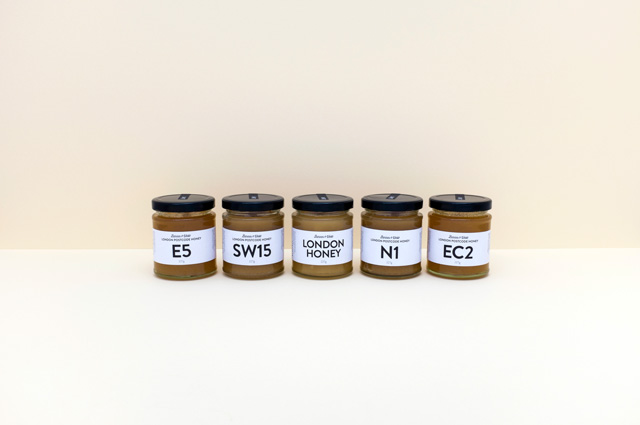
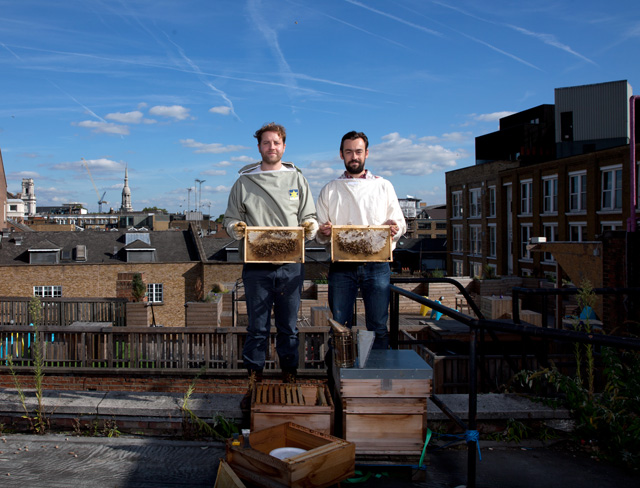
“Once you've got the passion and fire in the belly everything seems possible,” observes Cathy Olmedillas of Anorak magazine. Olmedillas, producer for legendary The Face magazine in the 90s, was shocked at the state of publishing for children. She explains: “Growing up, we had beautiful magazines with a really strong voice that were a reflection of your life. Magazines were high-quality, precious things, and when I became a mum and I looked at the market I was astonished to see that things had completely gone down the pan in the kids market.”
Olmedillas set out to change the tide by starting up a quality magazine for children whilst still grappling with parenthood, “I was a mum to a three year old, I didn't ask myself too many questions otherwise I wouldn't of done it,” she explains. Olmedillas was also working full time when she first started the magazine, a staggering feat by anyone’s standards.“If you have a method, it helps,” says Olmedillas of the Herculean task, “the trick is to compartmentalise.”Anorak is now thriving with Anorak TV and Studio Anorak as well as the magazine. What has Olmedillas learned? “I didn't realise I was creative until Anorak came along, as a producer it’s all about being very assertive and certain, whereas as a creative you question things all the time. It’s good to do both.”
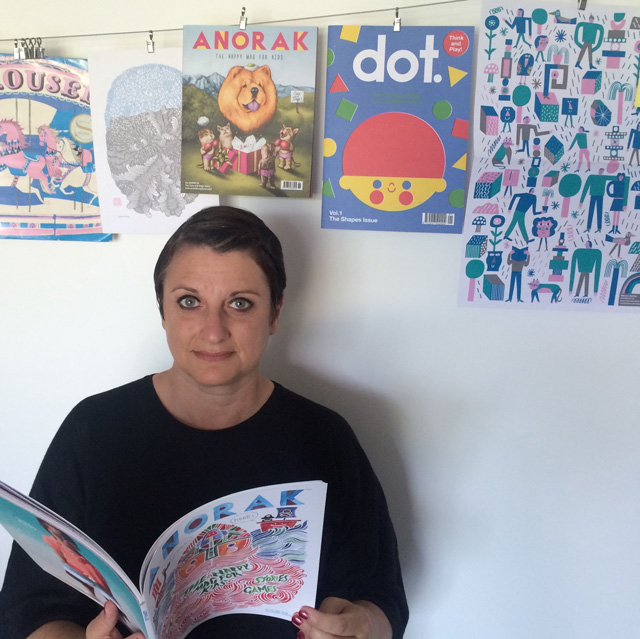
Morphing: The story of a table that became a stool that launched a new career. “I didn't sit down and plan to design a piece of furniture and then retail it, I was very much doing it for myself. I didn't enjoy eating off my lap in my tiny flat so I decided to start playing around with a table design just for my own use. It started off as a bench, it developed into the A Stool,” says Alex Swain of byAlex, almost apologetically.
On a whim Swain, who was known for his graphic design and typography teaching work, sent out emails to retailers, including John Lewis, who were quick to respond asking for more. “It’s an epic task, we're a tiny company with some great retail partnerships,” notes Swain. “I didn't have a clue what I was doing when I started out. I guess I've always been interested in physical design beyond my traditional print background, and I'd always been obsessed by furniture and chairs...”
What can we take from all this? It would seem that inspiration, obsession, bold ambition, a willingness to share passion and step beyond the confines of the norm in order to achieve more is, ultimately, what leads to fulfilment. “You’ve got to believe in what you're doing. I'm not scared of making mistakes, life is so precious and we are all so fragile; use your time and go for it, there's no reason why you can't achieve much bigger things than you're doing right now,” says Alex Swain, echoing our friend Bukowski. So, what are you waiting for? It’s time to roll the dice...
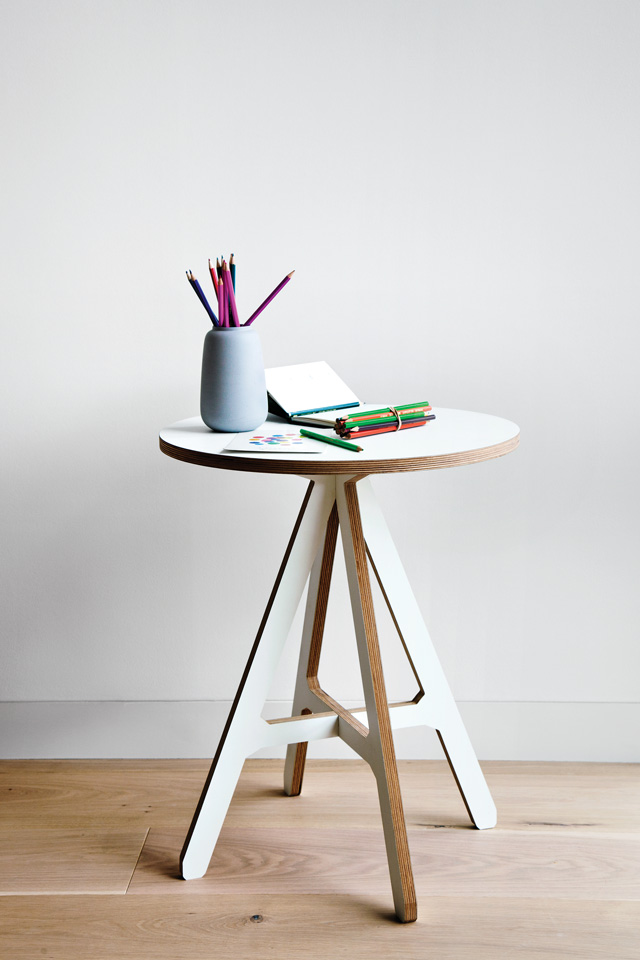
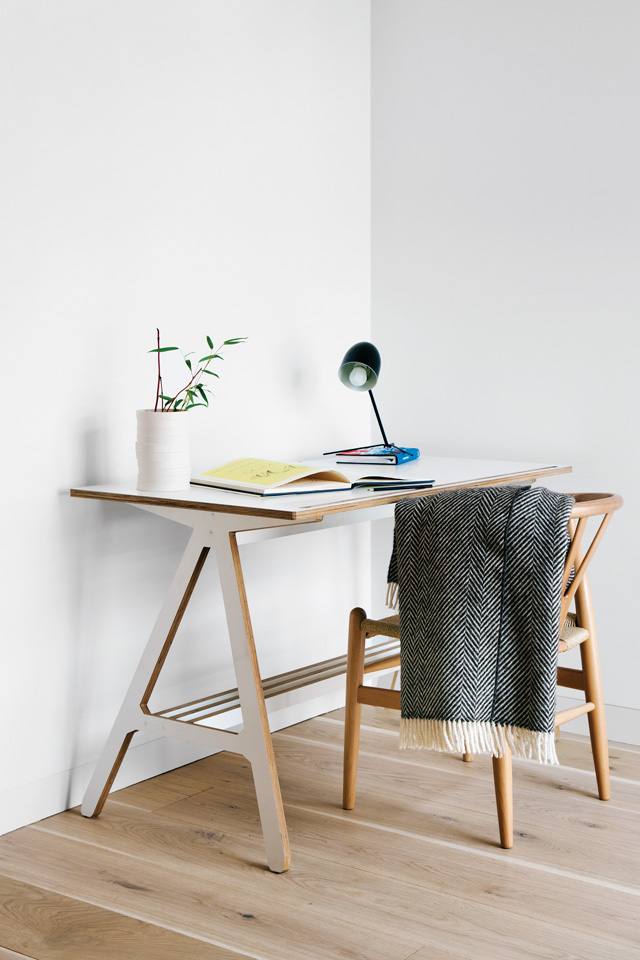
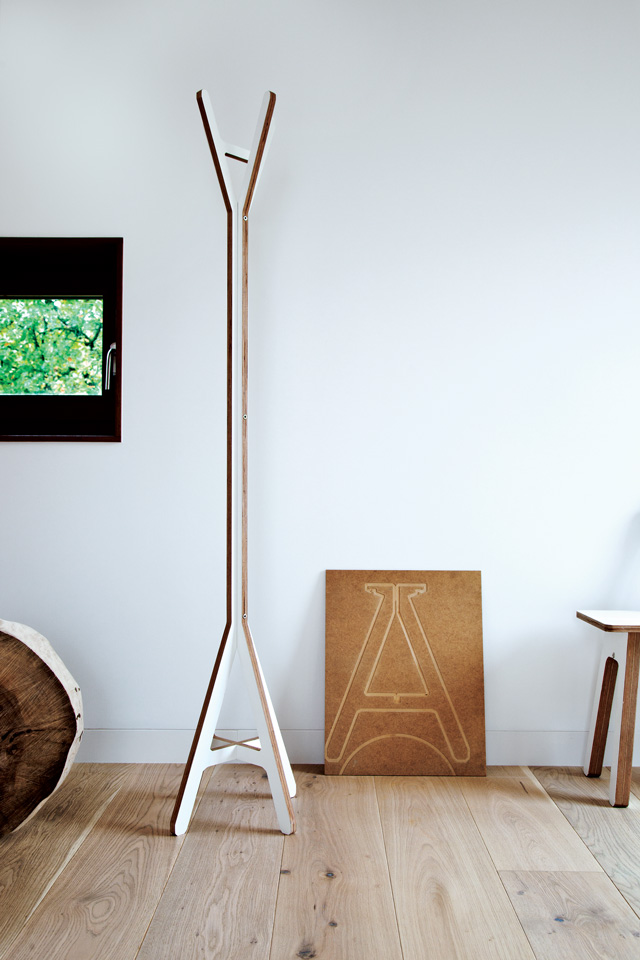
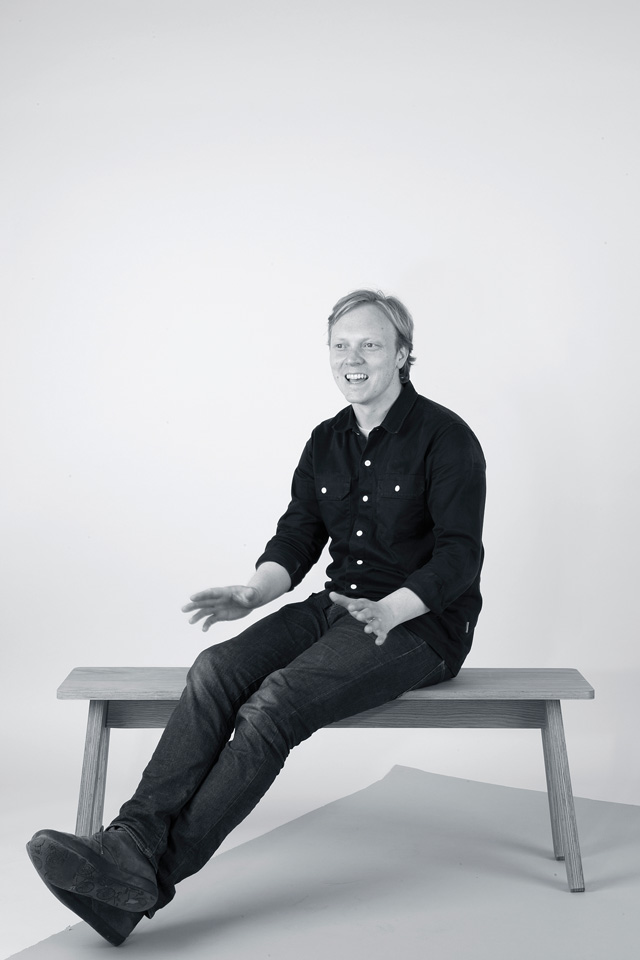
What can we take from all this? It would seem that inspiration, obsession, bold ambition, a willingness to share passion and step beyond the confines of the norm in order to achieve more is, ultimately, what leads to fulfilment. “You’ve got to believe in what you're doing. I'm not scared of making mistakes, life is so precious and we are all so fragile; use your time and go for it, there's no reason why you can't achieve much bigger things than you're doing right now,” says Alex Swain, echoing our friend Bukowski.
So, what are you waiting for? It’s time to roll the dice...
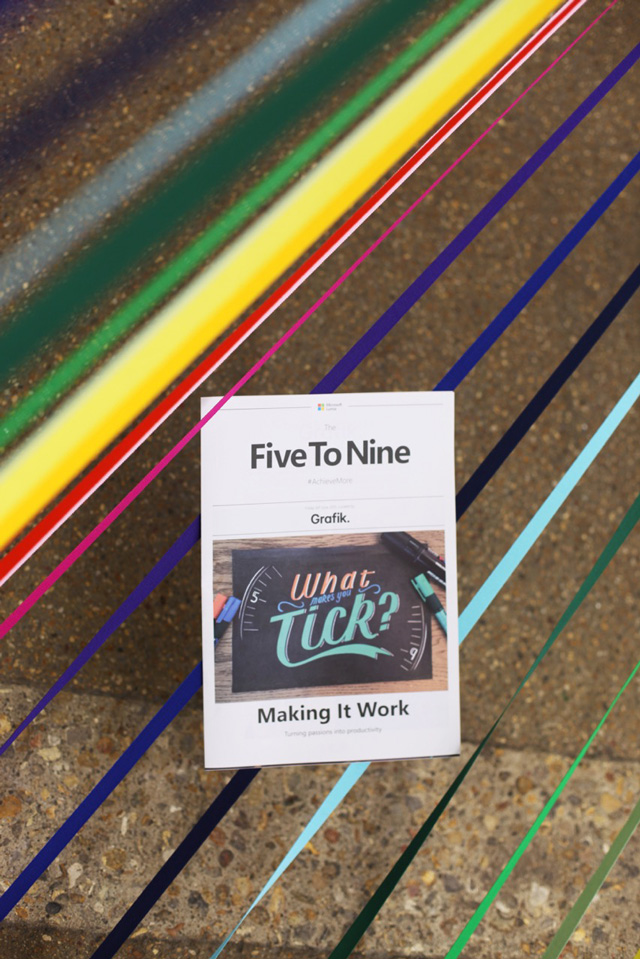
This article first appeared in Friday's edition of The Five to Nine newspaper, edited by Grafik for our friends at Microsoft Lumia. Find out more here.
Special thanks to the Microsoft Lumia UK and Protein teams.

